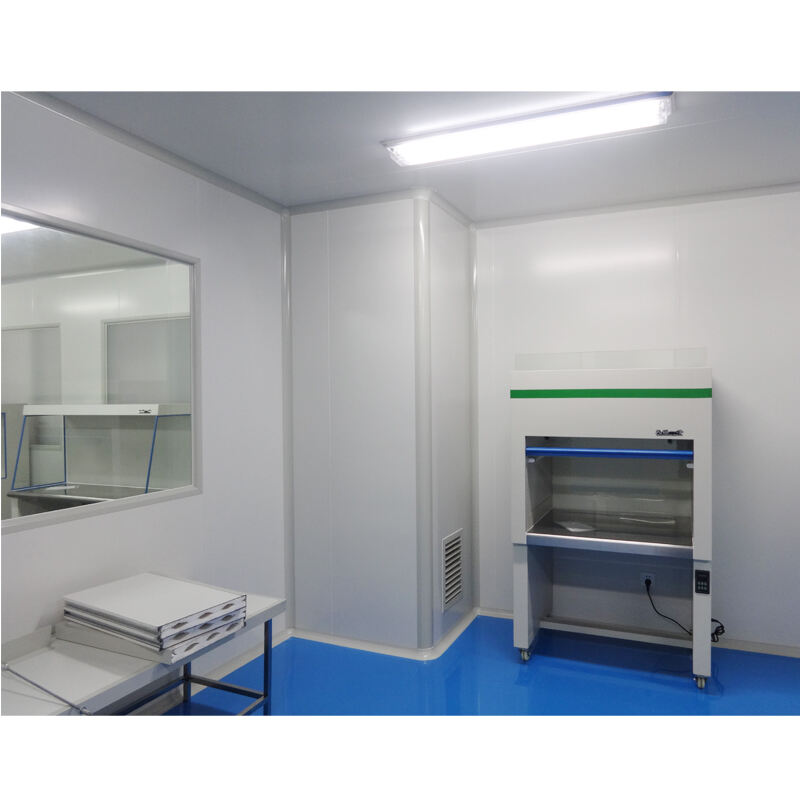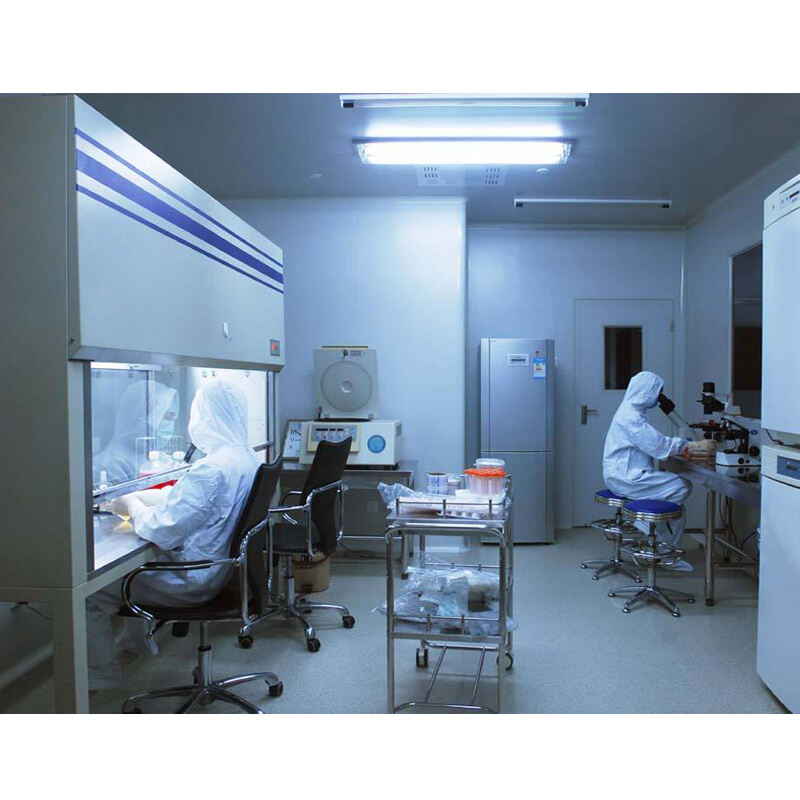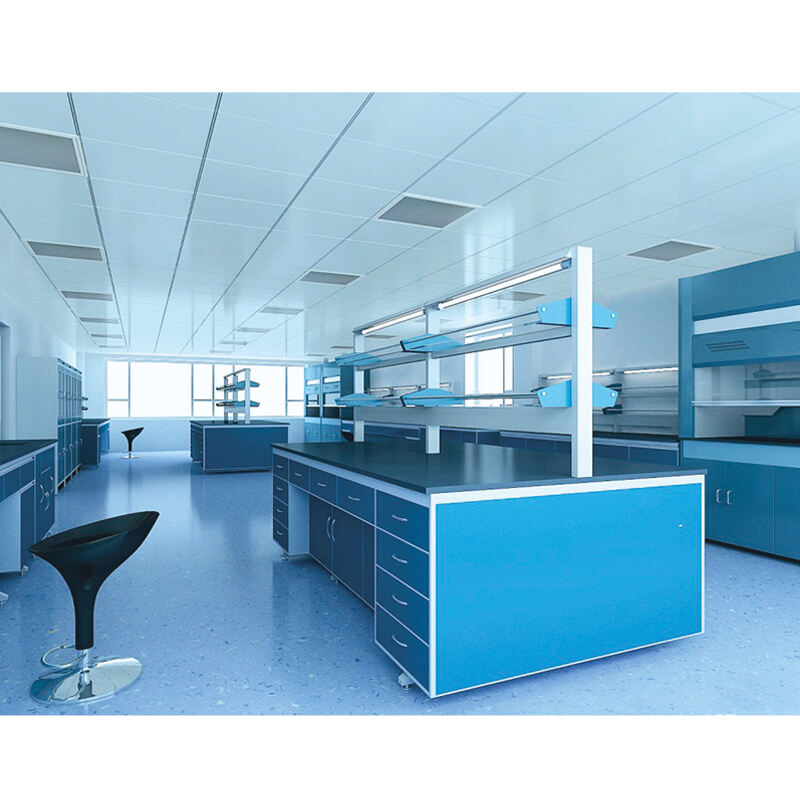gmp clean room requirements
GMP clean room requirements establish essential standards for controlled environments in pharmaceutical, biotechnology, and medical device manufacturing. These specifications ensure product quality, safety, and regulatory compliance through strict environmental controls. The requirements encompass several critical aspects, including air filtration systems that remove particles down to 0.5 microns, controlled temperature and humidity levels, specified air change rates, and differential pressure between rooms. Clean rooms must maintain specific ISO classification levels, typically ranging from ISO 5 to ISO 8, depending on the manufacturing process. The requirements also address surface materials, requiring smooth, non-porous surfaces that resist microbial growth and facilitate cleaning. Personnel practices are strictly regulated, including proper gowning procedures, cleaning protocols, and documented monitoring systems. Modern GMP clean rooms feature advanced HVAC systems with HEPA filtration, automated monitoring systems for environmental parameters, and airlocks or pass-through chambers for material transfer. These facilities must undergo regular testing and certification to ensure compliance with regulatory standards, including particle counting, air pressure differential monitoring, and microbiological testing.


